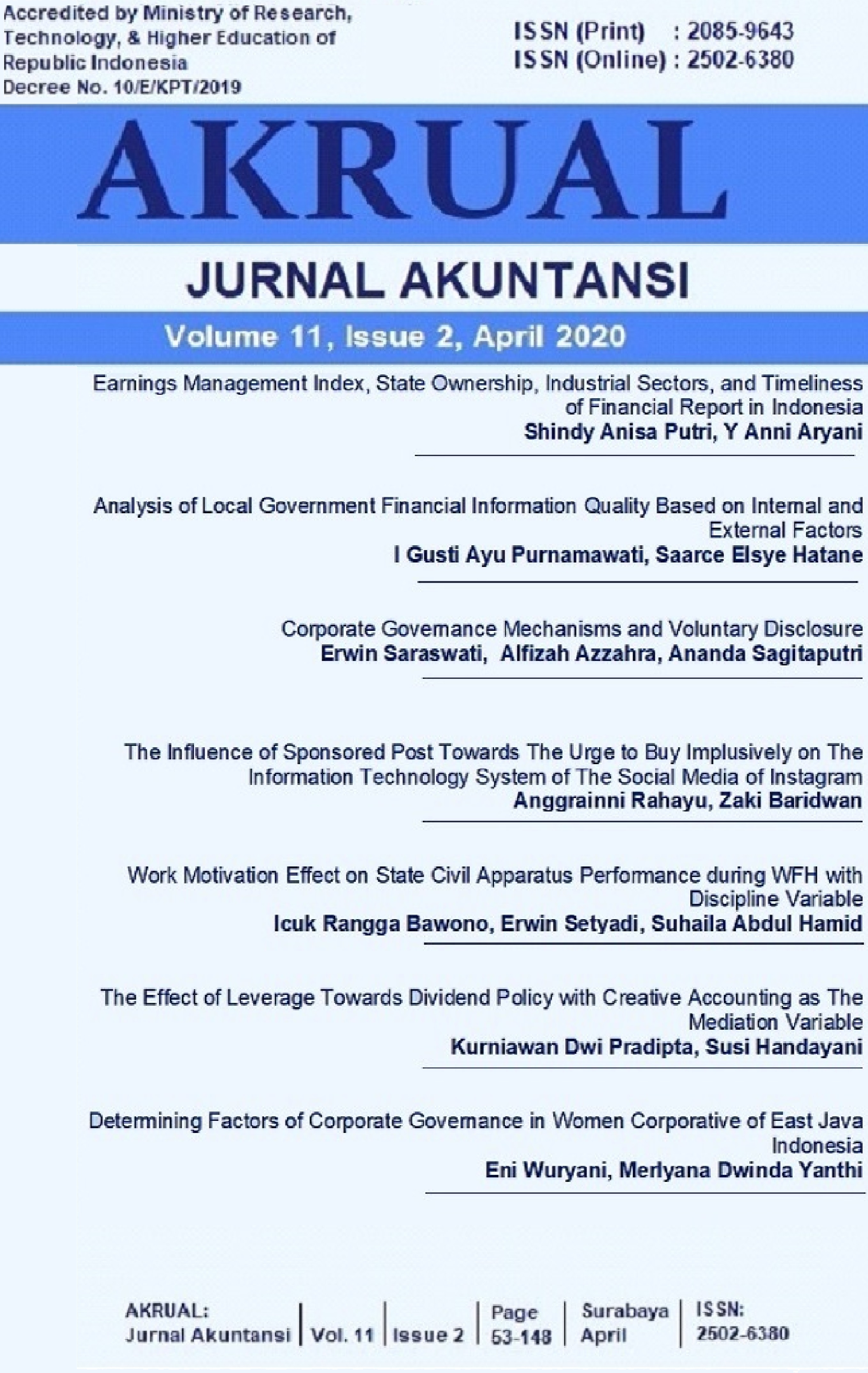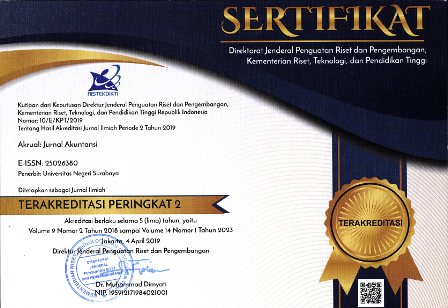The Influence of Sponsored Post Towards The Urge to Buy Implusively on The Information Technology System of The Social Media of Instagram
DOI:
https://doi.org/10.26740/jaj.v11n2.p95-109Keywords:
Instagram, Recommender, Sponsored post, urge to buy impulsivelyAbstract
This study examines the influence between variables of similarity, vicarious expression, aesthetic appeal, cognitive trust, affective trust, product affection, and urge to buy impulsively on the social media of Instagram. The method used for collecting the data in this study was the survey method. The samples were collected using the convenient sampling techniques. The utilized data analysis techniques used in this study were validity testing, reliability testing, and hypothesis testing. The data analysis process was conducted with the aid of Partial Least Square (PLS). The results of this study showed that similarity positively influences cognitive and affective trust, vicarious expression and aesthetic appeal positively influence product affection, cognitive trust positively influences affective trust, affective trust positively influences product affection, cognitive trust does not influence the urge to buy impulsively, and affective trust and product affection positively influence the urge to buy impulsively.References
Abdillah, W., & Hartono, J. (2015). Partial Least Square (PLS): alternatif structural equation modeling (SEM) dalam penelitian bisnis. Yogyakarta: Penerbit Andi.
Hansen, D. R., & Mowen, M. M. (2007). Managerial accounting 8 th edition: USA: Thomson South Western.
Hartono, J. (2013). Metodologi Penelitian Bisnis: Salah Kaprah dan Pengalaman-Pengalaman (Edisi 6). Yogyakarta, Indonesia: BPFE UGM.
Horngren, C. T. (2012). Cost accounting : a managerial emphasis(14th ed.; S. M. Datar & M. V Rajan, eds.). Upper Saddle River, N.J.: Pearson/Prentice Hall.
Isen, A. M. (1984). The influence of positive affect on decision making and cognitive organization. ACR North American Advances.
Sarstedt, M., Ringle, C., & F. Hair, J. (2017). Partial Least Squares Structural Equation Modeling. https://doi.org/10.1007/978-3-319-05542-8_15-1Scott, W. R. (2003). Financial accounting theory. Prentice Hall.
Sekaran, U. (2003). Research methods for business : a skill business approach.
Downloads
Additional Files
Published
How to Cite
Issue
Section
License
Copyright (c) 2020 AKRUAL: Jurnal Akuntansi

This work is licensed under a Creative Commons Attribution-NonCommercial 4.0 International License.
 Abstract views: 776
,
Abstract views: 776
, PDF Downloads: 771
,
PDF Downloads: 771
, PDF Downloads: 0
,
PDF Downloads: 0
, PDF Downloads: 0
,
PDF Downloads: 0
, PDF Downloads: 0
PDF Downloads: 0


















